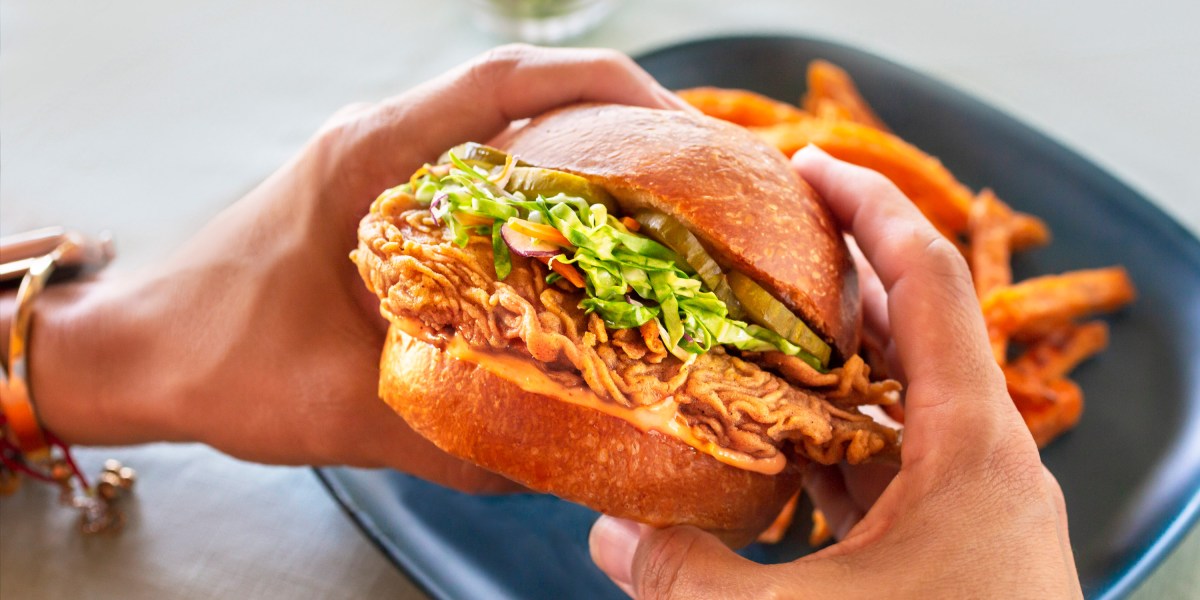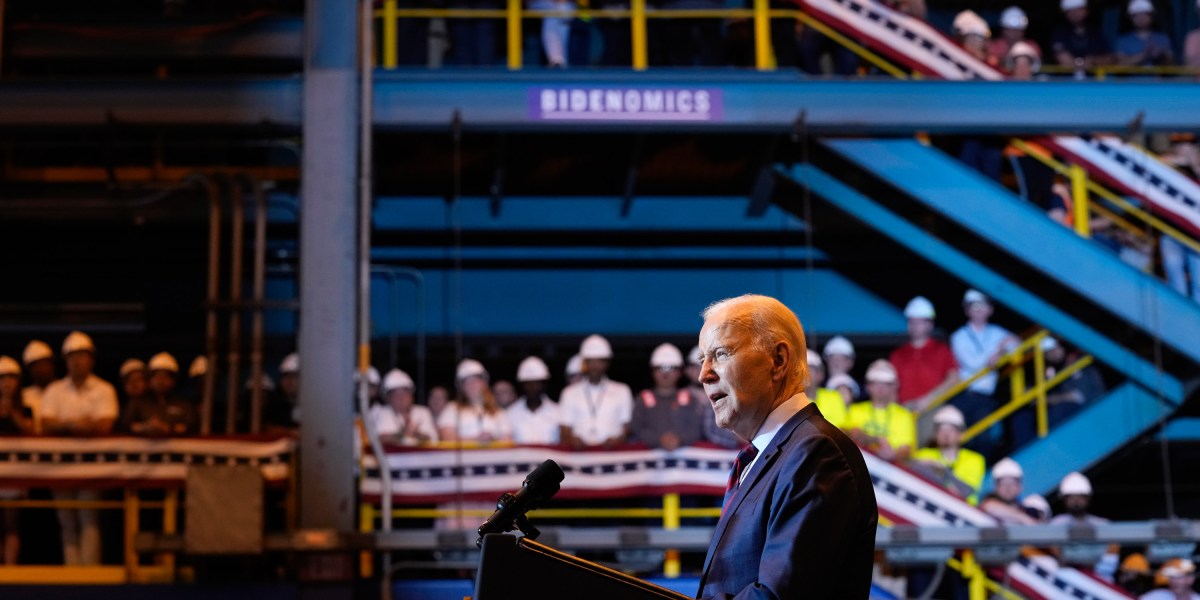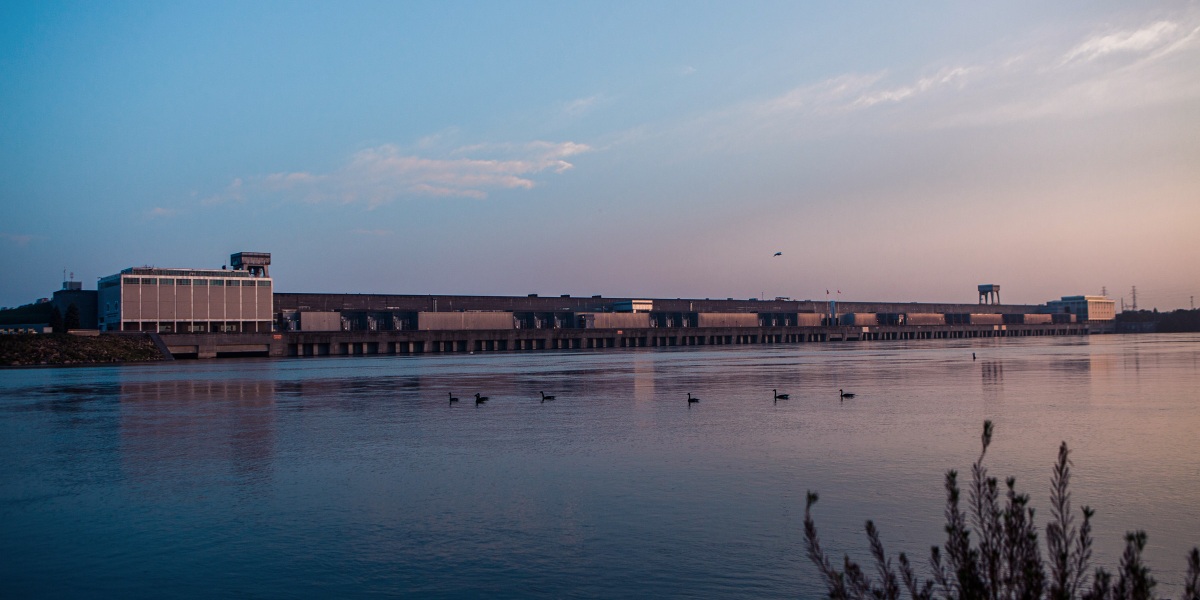Lab-grown meat just reached a major milestone. Here’s what comes next.
This article is from The Spark, MIT Technology Review’s weekly climate newsletter. To receive it in your inbox every Wednesday, sign up here.
I briefly became a vegetarian around the age of 13. The story is a common one in my generation, I think: I saw a video of slaughterhouse conditions, cried my eyes out, and vowed never to eat meat again.
I lasted a few weeks, during which time I ate a lot of peanut butter sandwiches. Eventually, though, I gave up: meat was central to my family’s diet, and I found myself missing some of my favorite foods, especially Chick-fil-A sandwiches. (Fun fact: I went on to work there for a year in high school.)
I think my younger self would be excited to know how quickly the world is changing. It’s easier to avoid meat these days if you want to, with alternative products like plant-based meat becoming more common (you can even get Impossible burgers at Burger King now). And soon we might have new options, like products made with animal cells grown in a lab.
Just last week, the US Department of Agriculture gave the green light to two companies to make and sell their cultivated chicken products in the US. This is a major moment for the field—even if a lot of milestones are left ahead. In a stroke of luck, this week I’m at a conference called Future Food Tech, where people are talking about the biggest news and challenges for alternative proteins of all types. So for the newsletter this week, let’s check in on the world of lab-grown meat.
Cultivating success
Eat Just and Upside have reached the end of a complicated regulatory process that includes both a nod from the Food and Drug Administration and multiple approvals from the USDA.
This is a huge milestone for the industry, and it’s been the talk of Future Food Tech this week. “There was a lot of celebration, of course,” said Patricia Bubner, cofounder and CEO of the cultivated meat company Orbillion Bio, during a panel discussion. There had been a looming question about whether this sort of product would be legitimized—and now it is, at least in the US, “the most significant market,” said Arik Kaufman, cofounder and CEO of Steakholder Foods.
Cultivated meat had previously been approved only in Singapore, and it has been served in a restaurant there over the past couple of years. Now it’s legal for the two companies to serve their products in the US too, and both plan to do so in restaurants in the coming months.
But as Upside’s chief operating officer, Amy Chen, put it in a talk at Future Food Tech, “in so many ways, we’re just getting started.”
One major thing I’ll be watching is how these companies start producing their products at larger scales. Upside’s pilot facility can currently produce around 50,000 pounds (22,600 kg) of finished products each year. At full capacity, it will eventually be able to grow to about 400,000 pounds (180,000 kg) per year.
That sounds like a lot, but in the grand scheme of food production, it’s pretty tiny. Large commercial meat facilities produce millions of pounds of meat each year—and that’s the sort of scale Upside is targeting for its first commercial facility, said Eric Schulze, VP of global scientific and regulatory affairs at Upside foods, in an email.
Eat Just’s cultured meat subsidiary Good Meat runs two demonstration facilities, one in the US and one in Singapore. Those facilities use large reactors with capacities of 3,500 and 6,000 liters, respectively, said Andrew Noyes, VP of communications at Eat Just. Again, those sound like huge reactors, but the company’s plans for its first commercial operation include 10 250,000-liter reactors, and in total, capacity will be about 30 million pounds (13.6 million kg) each year.
The road ahead
While scaling up processes that have already been demonstrated in labs and pilot facilities will be a major development in the industry moving forward, I’m also fascinated to see what new sorts of products come to market in the next few years. There are over 150 companies in the cultivated meat industry, making everything from beef to tuna to products unlike anything on the market today.
A few potential bottlenecks face companies trying to bring new products to market, including developing cell lines, designing and building bioreactors, and making the meat’s structure, said Jess Krieger, founder and CEO of the cultivated meat company Ohayo Valley, in a panel discussion.
I’m especially interested in that last bit, because meat’s structure dictates so much of our experience eating it. Some people, Krieger included, want to use plants to provide it. Others plan to use manufacturing techniques: Upside Foods intends to grow its cells in ways that will help develop the fibrous texture of chicken. Still others, including Steakholder Foods, are looking to 3D-print their meat to replicate the flakiness of fish or the tenderness of a properly cooked steak.
Food is so central to our lives, and the tech working to bring new options to our plates is moving quickly. Maybe someday soon, teenagers looking to stop eating animals won’t have to give up chicken sandwiches.
Related reading
- Read more about the recent US regulatory approval of cultivated chicken.
- I got an exclusive tasting of a lab-grown burger. Here’s what I thought.
- Here’s what plants could contribute to cultivated meat (from my colleague Niall Firth).
Another thing
Heat pumps and beer—name a better combination. I bet you can’t.
Industrial facilities, including breweries, often rely on fossil fuels for heating. A startup called AtmosZero is looking to replace those emissions-heavy heat sources with industrial heat pumps. The company has a partnership with New Belgium Brewing to test out one of its electric boilers next year.
My colleague James Temple has the scoop. Check it out here.
Keeping up with climate
The world is remembering a titan of the battery world this week. Nobel laureate John B. Goodenough, inventor of some of the key technologies behind lithium-ion batteries, passed away Sunday at the age of 100. (New York Times)
→ This 2015 profile of Goodenough and his work is worth a read. (Quartz)
In a surprising twist, NASA is opposing lithium mining at a site in Nevada. The agency uses the lakebed in question to calibrate sensitive equipment on satellites. (Associated Press)
The US government is giving a $9.2 billion loan to Ford to build three battery factories. It’s the biggest loan to an automaker in over a decade. (Bloomberg)
In news that should probably surprise no one, the wildfires in Canada are threatening forest offset projects there. (Bloomberg)
→ For a deep-dive on some of the issues with forest offsets, check out this 2021 story. (MIT Technology Review)
Extreme weather is becoming the norm in California, testing the state’s dams. What happens if they fail? (New York Times Magazine)
Heat battery company Rondo is opening up a massive factory for its energy storage systems. (Canary Media)
→ For everything you could ever want to know about the company and its hot bricks, check out my story from earlier this year. (MIT Technology Review)
You may have heard about, or even purchased, something called “renewable energy credits.” The problem is, while these credits might seem to suggest you’re running your home or business on renewables, that’s not necessarily the case … at all. (Washington Post)




